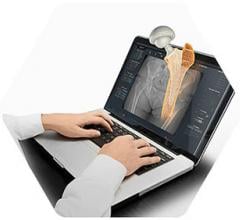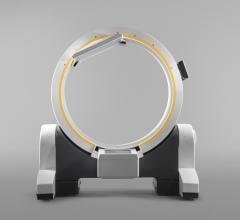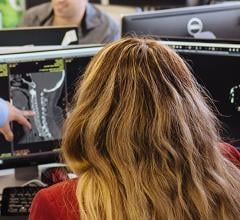March 17, 2008 – At AAOS 2008, orthopedic surgeons called for increased research and education when it comes to protecting a woman’s musculoskeletal health.
“It is not a question of which sex is defined as normal or prototypical,” said Kim Templeton, M.D., associate professor in the department of orthopedic surgery at the University of Kansas Medical Center, in Kansas City, KS and chief of orthopedic surgery at the Kansas City VA Medical Center. “Men and women are now and always will be two different variations on a theme; therefore, it is imperative we understand those differences and have distinctly different options for preventing disease and injury for each sex.”
The number of women athletes with orthopedic injuries now reflects the numbers of women who are flooding into both amateur and professional sports.
“Although we, as orthopedic surgeons, are better able to fix those injuries today,” Dr. Templeton said, “these women will never be like they were before their injuries, and they are increasing their risk of becoming disabled at an earlier age.”
Women already have a higher rate of arthritis just because they are women, but add a sports injury to the mix and the risk of actually developing arthritis shoots way up the charts, said Dr. Templeton.
Dr. Templeton offered more facts about what is really happening:
FACT: Most athletic shoes are not specially designed for the female foot.
REALITY: Compared to men, women have a narrower heel and a wider forefoot, so wearing shoes that do not consider those variables may increase the number of foot and ankle and, potentially, knee injuries. Many companies just downsize a version of the men’s shoe.
FACT: Women tend to be “quadricep dominant.” A woman’s quadricep muscles fire faster and stronger than her hamstring muscles; the function of those muscles in men is more balanced.
REALITY: If this inherent difference in muscle function and coordination is not taken into account during training, women can be more susceptible to anterior cruciate ligament (ACL) injury. This is one explanation for the substantially higher incidence of ACL injuries among women, compared to men.
For more information: www.aaos.org


 April 28, 2020
April 28, 2020 








